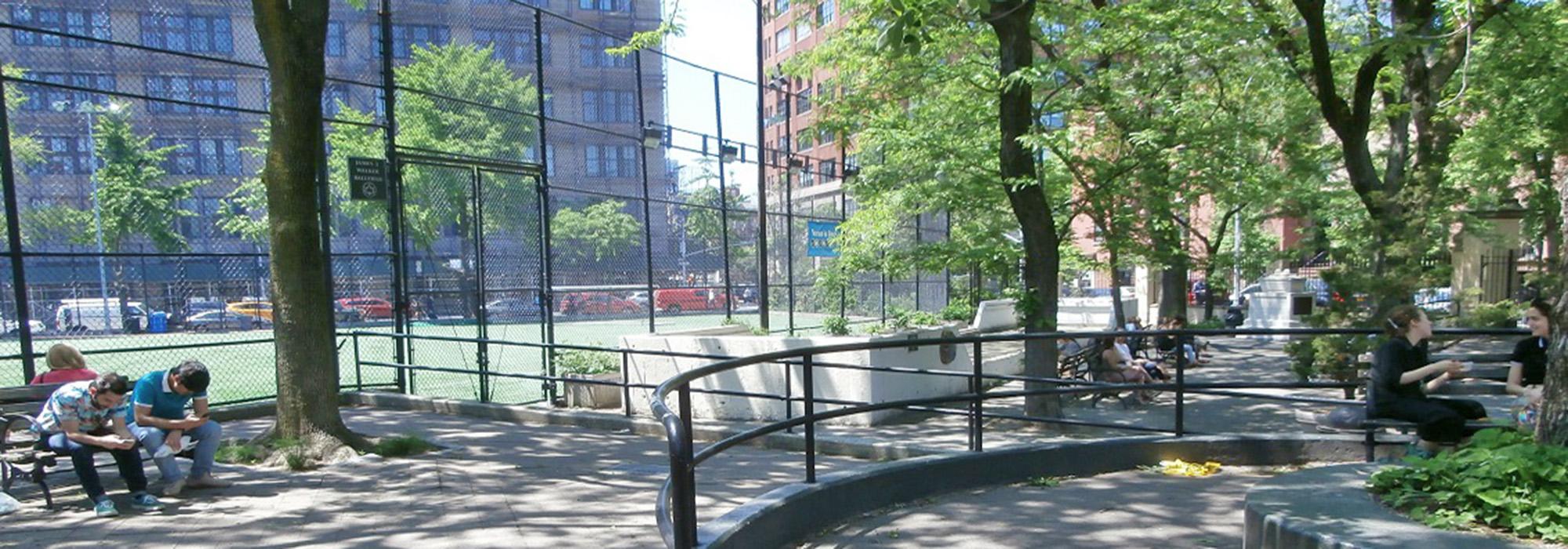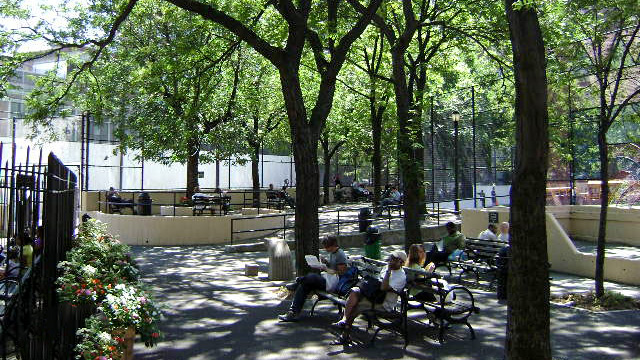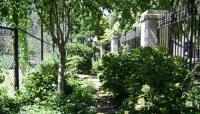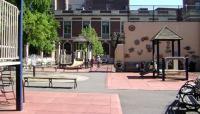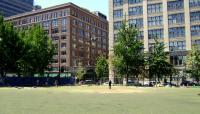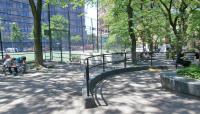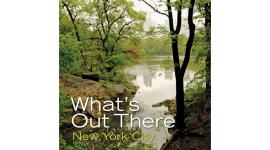Landscape Information
This 1.67-acre Manhattan park, named for former Mayor James J. Walker, was previously the site of St. John’s Cemetery, a burial ground for Trinity Church between 1812 and 1895, when the New York City Department of Parks acquired the site. Originally known as St. John’s Park, its name was changed to Hudson Park by 1896. By the time construction began on the park the following year, few burials had been relocated, and nearly all of the 10,000 bodies and stones were left or buried in place. The only remaining visible evidence of the park’s history as a cemetery is a marble sarcophagus situated near the St. Luke’s Place entrance which was erected in 1834 for two fallen firemen.
The original park was laid out by the architecture firm Carrère and Hastings and featured a sunken garden, lagoon, perimeter walk, and gazebo combined in an elegant Beaux-Arts design. In 1903, a new playground was constructed, constituting the first change to the original design, which has been mostly lost through subsequent redevelopment. By 1935 a comfort station was added at the east end, the lagoon was filled to accommodate a larger playground, and a baseball field was constructed on the west side. In 1946 a sandlot baseball diamond was built, and a portion of the park was paved. The name of the park was changed to its current name in 1947. In the 1970s the playground was renovated with financial assistance from the Land and Water Conservation Fund. A capital renovation project began in 1996 which resulted in the introduction of play equipment, a spray shower, safety surfacing, benches, trees, and an iron fence integrating the remaining stone piers from the Carrère and Hastings design.



